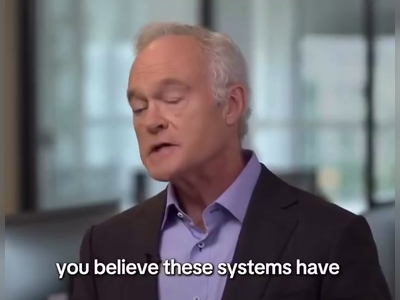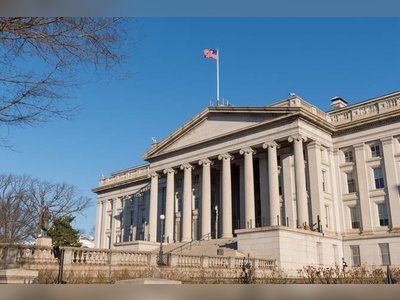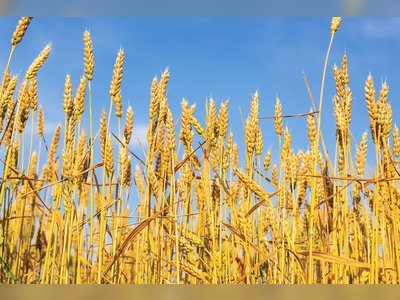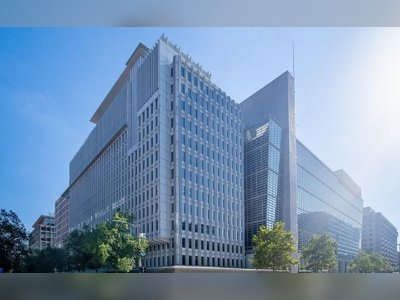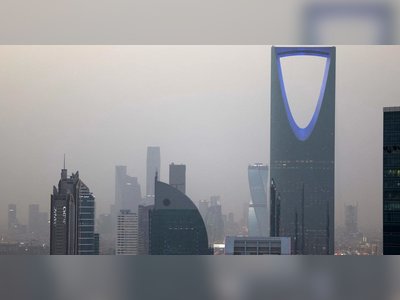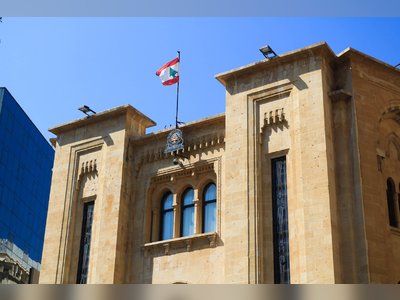
Parched land: Egypt’s farmers fear dam’s impact
In the winter of 1964, Makhluf Abu Kassem was born in this agricultural community newly created at the far end of Egypt’s Fayoum oasis. His parents were among the village’s first settlers, moving here three years earlier from the Nile Valley to carve out a new life as farmers.
It was a bright and prosperous start. The region was fertile, and for four decades they made their living growing corn, cotton and wheat.
Now 55, Abu Kassem looks out what’s left of his shriveling farm, surrounded by barren wasteland that was once his neighbors’ farmland — victims of dwindling irrigation in recent years.
In the past, he and other villagers irrigated their farms through canals linked to the Nile River, Egypt’s lifeline since ancient times. It provides the country with a thin, richly fertile stretch of green land through the desert.
Now, Abu Kassem fears that a dam Ethiopia is building on the Blue Nile, the Nile’s main tributary, could add to the severe water shortages already hitting his village if no deal is struck to ensure a continued flow of water.
Now 55, Abu Kassem looks out what’s left of his shriveling farm, surrounded by barren wasteland that was once his neighbors’ farmland — victims of dwindling irrigation in recent years.
In the past, he and other villagers irrigated their farms through canals linked to the Nile River, Egypt’s lifeline since ancient times. It provides the country with a thin, richly fertile stretch of green land through the desert.
Now, Abu Kassem fears that a dam Ethiopia is building on the Blue Nile, the Nile’s main tributary, could add to the severe water shortages already hitting his village if no deal is struck to ensure a continued flow of water.

